Increased Awareness and Advocacy
The growing awareness and advocacy surrounding GM1 Gangliosidosis Market are likely to play a crucial role in shaping the GM1 Gangliosidosis Market. Patient advocacy groups and non-profit organizations are actively working to educate the public and healthcare professionals about the disease. This heightened awareness can lead to earlier diagnosis and treatment, which is essential for managing the condition effectively. Moreover, advocacy efforts may drive funding for research initiatives aimed at developing new therapies. As awareness continues to expand, it is anticipated that more stakeholders will engage in the GM1 Gangliosidosis Market, fostering collaboration and innovation in treatment approaches.
Collaborative Research Initiatives
Collaborative research initiatives among academic institutions, pharmaceutical companies, and healthcare organizations are becoming a driving force in the GM1 Gangliosidosis Market. These partnerships facilitate the sharing of knowledge, resources, and expertise, which can lead to breakthroughs in understanding and treating the disease. By pooling resources, stakeholders can conduct larger clinical trials and accelerate the development of new therapies. Furthermore, collaborative efforts may attract funding from various sources, including government grants and private investments, thereby enhancing research capabilities. As collaboration continues to flourish, the GM1 Gangliosidosis Market is expected to benefit from a more robust pipeline of innovative treatment options.
Advancements in Treatment Modalities
Innovations in treatment options for GM1 Gangliosidosis Market are emerging as a significant driver for the GM1 Gangliosidosis Market. Recent advancements in gene therapy and enzyme replacement therapy have shown promise in addressing the underlying causes of the disease. For instance, ongoing clinical trials are exploring the efficacy of novel therapeutic approaches, which could potentially alter the disease's progression. The introduction of these advanced therapies may not only improve patient outcomes but also attract investment from pharmaceutical companies seeking to capitalize on the unmet medical needs within the GM1 Gangliosidosis Market. As these treatments gain traction, the market is likely to witness a surge in demand, reflecting the potential for improved quality of life for affected individuals.
Regulatory Support for Rare Diseases
Regulatory frameworks that support the development of treatments for rare diseases are emerging as a key driver for the GM1 Gangliosidosis Market. Governments and regulatory bodies are increasingly recognizing the need for expedited approval processes for therapies targeting rare conditions. Initiatives such as orphan drug designations and fast-track approvals can significantly reduce the time and cost associated with bringing new treatments to market. This supportive regulatory environment may encourage pharmaceutical companies to invest in research and development for GM1 Gangliosidosis Market, thereby enhancing the availability of effective therapies. As regulatory support strengthens, the GM1 Gangliosidosis Market is likely to experience accelerated growth.
Rising Prevalence of GM1 Gangliosidosis
The increasing incidence of GM1 Gangliosidosis Market appears to be a pivotal driver for the GM1 Gangliosidosis Market. Recent estimates suggest that the disorder affects approximately 1 in 100,000 live births, indicating a notable prevalence rate. This rise in cases necessitates enhanced awareness and treatment options, thereby propelling market growth. As more individuals are diagnosed, the demand for effective therapies and supportive care is likely to escalate. Furthermore, the growing recognition of rare diseases has led to increased funding and research initiatives aimed at understanding GM1 Gangliosidosis Market, which could further stimulate the market. The combination of rising prevalence and heightened awareness may create a conducive environment for the development of innovative treatment modalities within the GM1 Gangliosidosis Market.


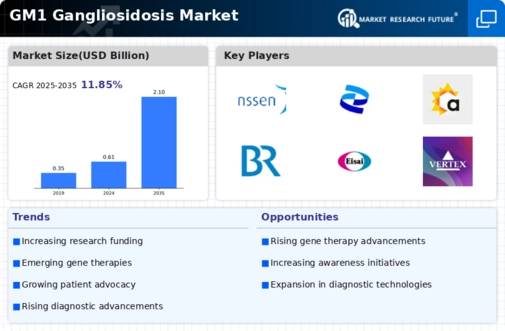
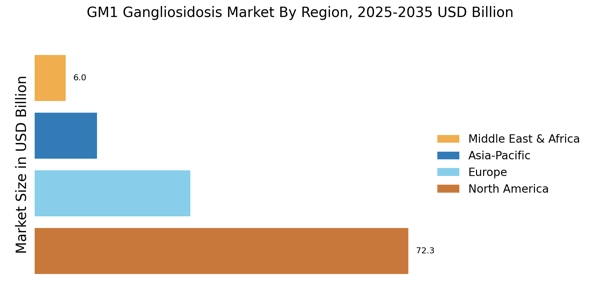
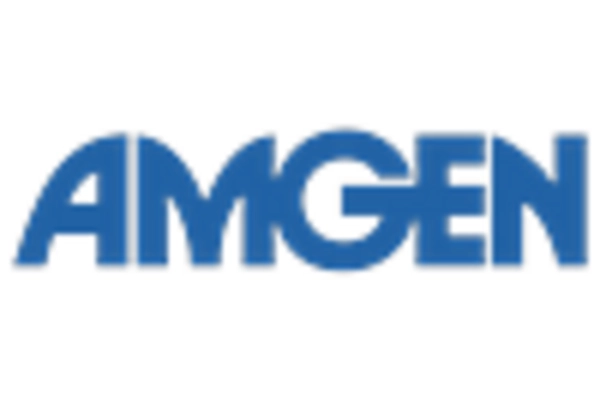
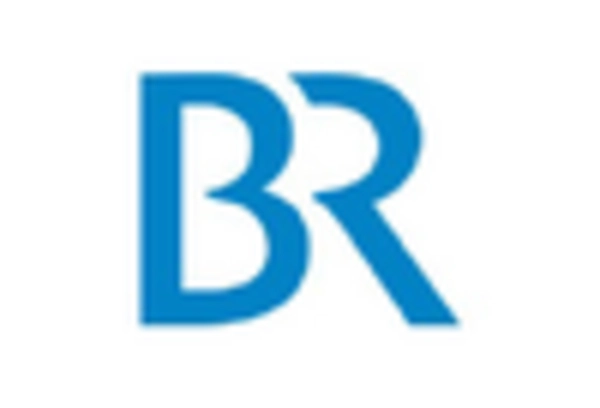
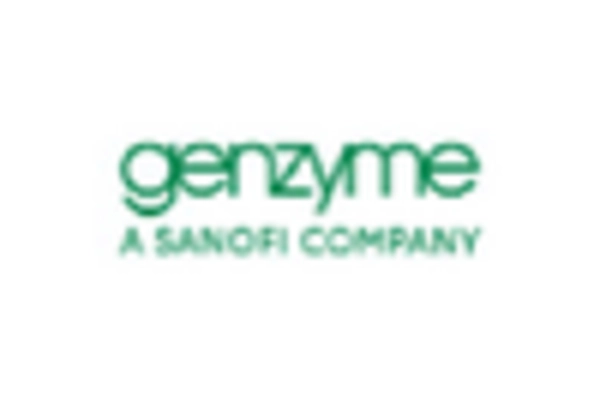











Leave a Comment